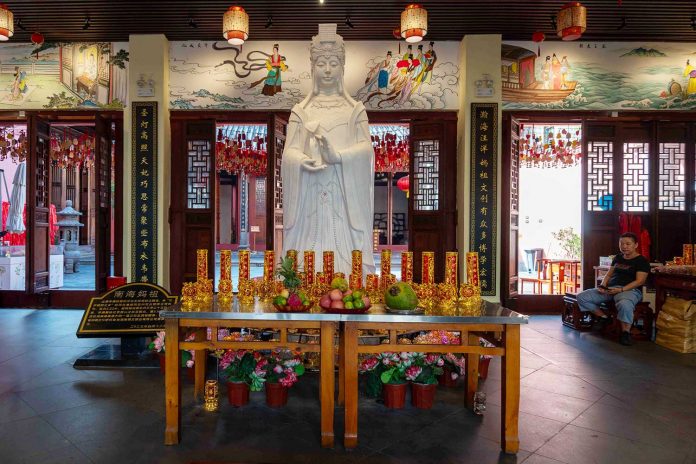Situated on Haikou’s Zhongshan Road, Qilou old town lies the Tin Hau Temple (also known as Tianhou Temple or Mazu Temple).
The Tin Hau Temple
This ancient temple, with a history that stretches back over 700 years, is one of the few surviving relics from Haikou’s storied past.
For travellers and history enthusiasts alike, the Tin Hau Temple offers a unique glimpse into the cultural and religious traditions that have shaped Hainan Island.
Sailors, Merchants and Locals
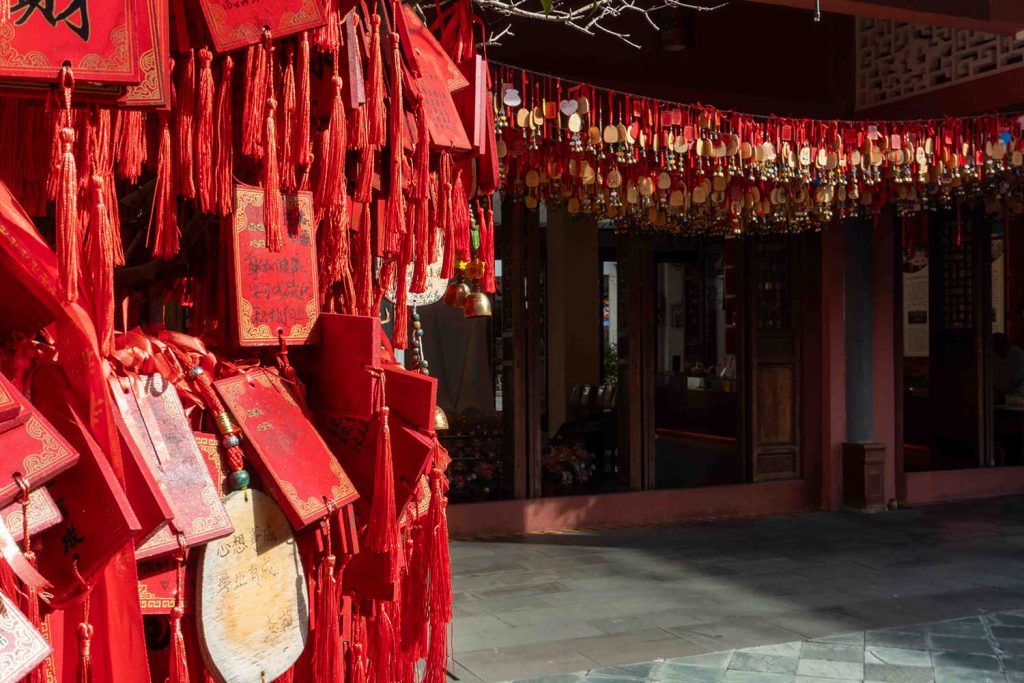
The Tin Hau Temple in Haikou, also referred to locally as “天后宫” (Tianhou Gong), was first built during the Yuan Dynasty (1271–1368), over 700 years ago. It is one of the oldest and most historically significant structures in the city.
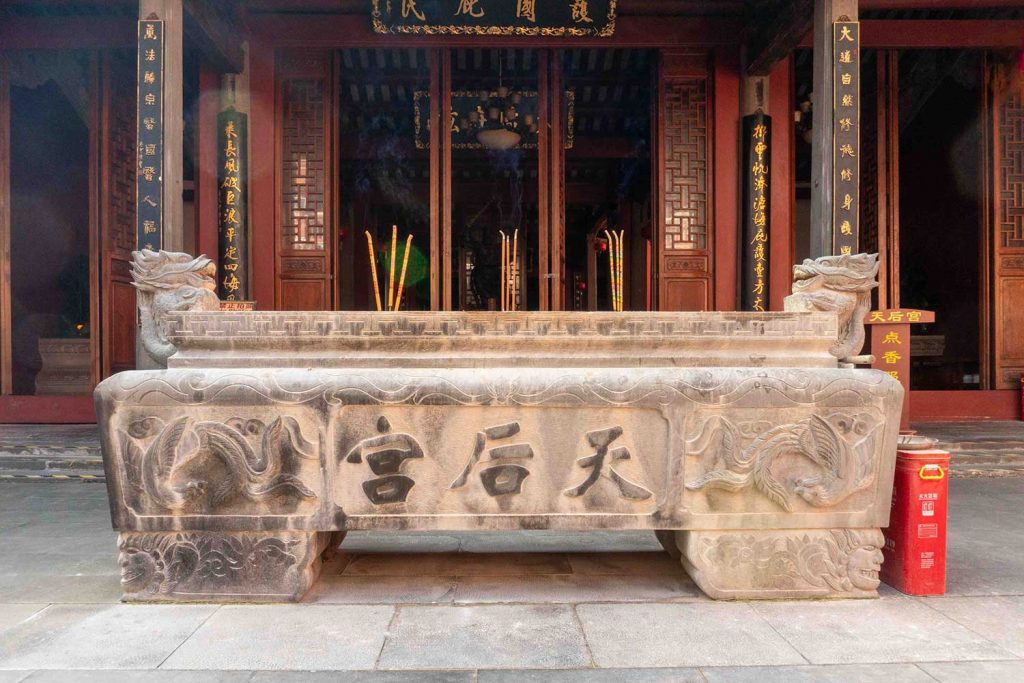
The temple, occupying an area of approximately 1,400 square meters, was designed with exceptional craftsmanship. It features a traditional layout consisting of a front courtyard, a main hall, and side rooms, showcasing the architecture of the era.
According to the Qiongzhou Prefecture Chronicles from the Ming Dynasty (1522–1566), the temple played an important role in the lives of those who relied on the sea for their livelihoods. Sailors and merchants would visit the temple to pay their respects to Mazu, the goddess of the sea, before embarking on their voyages. The Chronicles note that “people would offer sacrifices before setting sail.”

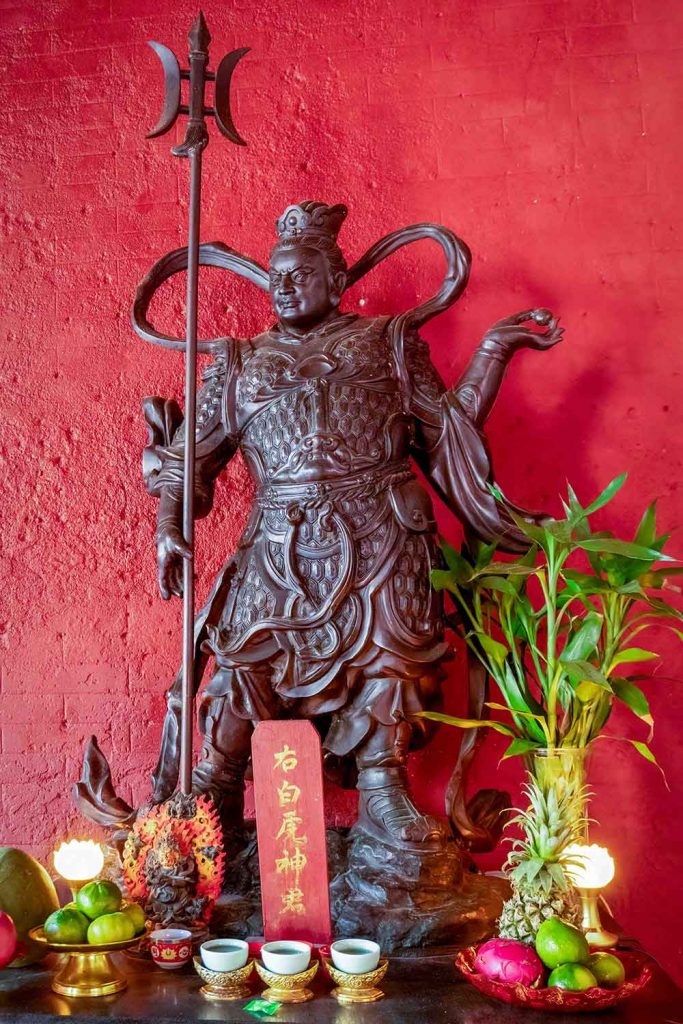
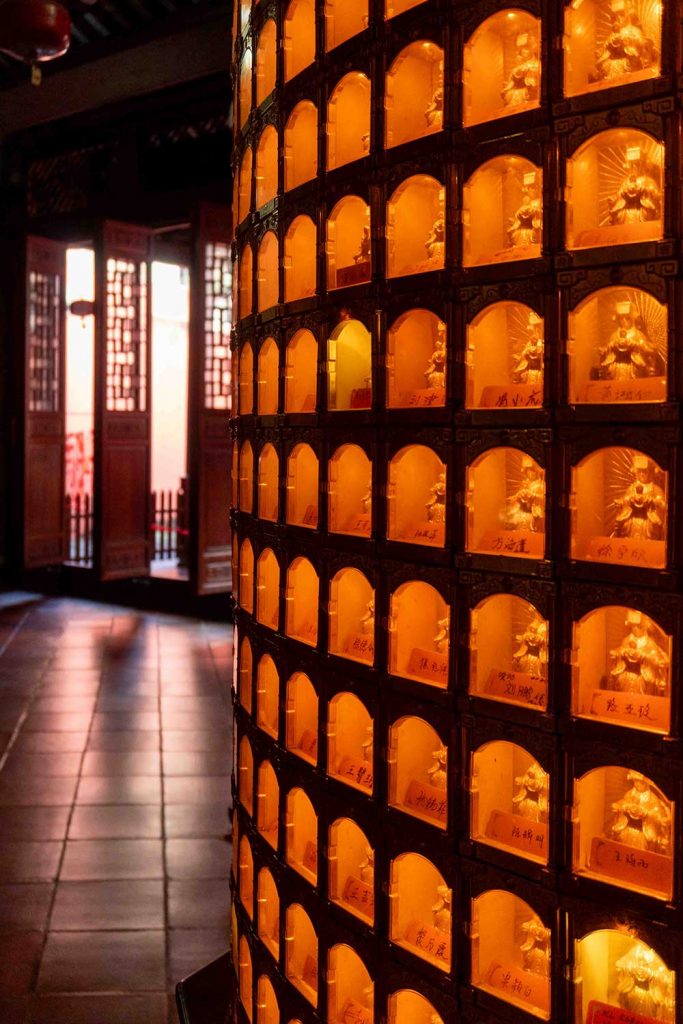
The temple has undergone several renovations throughout its history, particularly during the Ming and Qing dynasties. Despite some damage over the centuries, the main structure remains well-preserved, offering valuable insights into the religious practices and architectural styles of ancient Haikou. The use of high-quality materials and intricate craftsmanship has made it a vital piece of Haikou’s architectural heritage.
Tin Hau Temple is deeply intertwined with the figure of Mazu
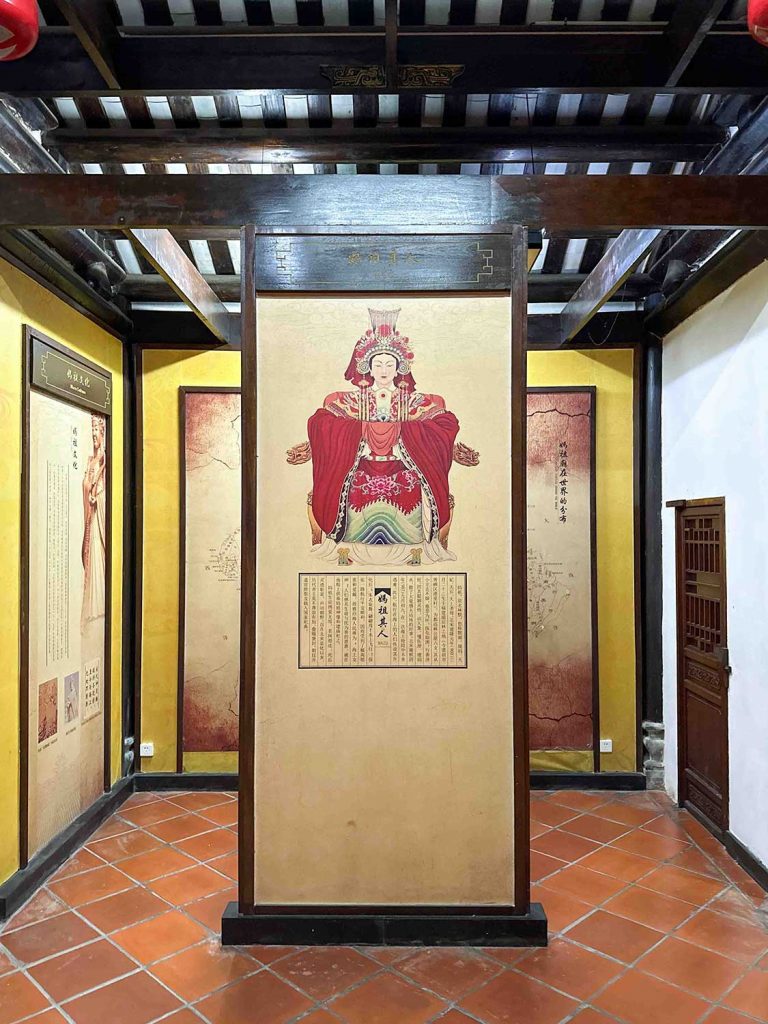
Mazu is a deity venerated across southern China for her protection of seafarers. Mazu’s influence reached Hainan Island through the merchants and sailors who travelled from Fujian and Guangdong. As Haikou grew into a critical hub for maritime trade, the worship of Mazu became deeply ingrained in the local culture.
Every year, on the 23rd day of the third lunar month, the birthday of Mazu, and on the 9th day of the ninth lunar month, her death anniversary, the streets of Haikou come alive with grand processions, theatrical performances, and traditional rituals. These events have become an integral part of Haikou’s cultural calendar, drawing crowds from across the island to celebrate and honour the sea goddess.
Stone Tablet Inscriptions
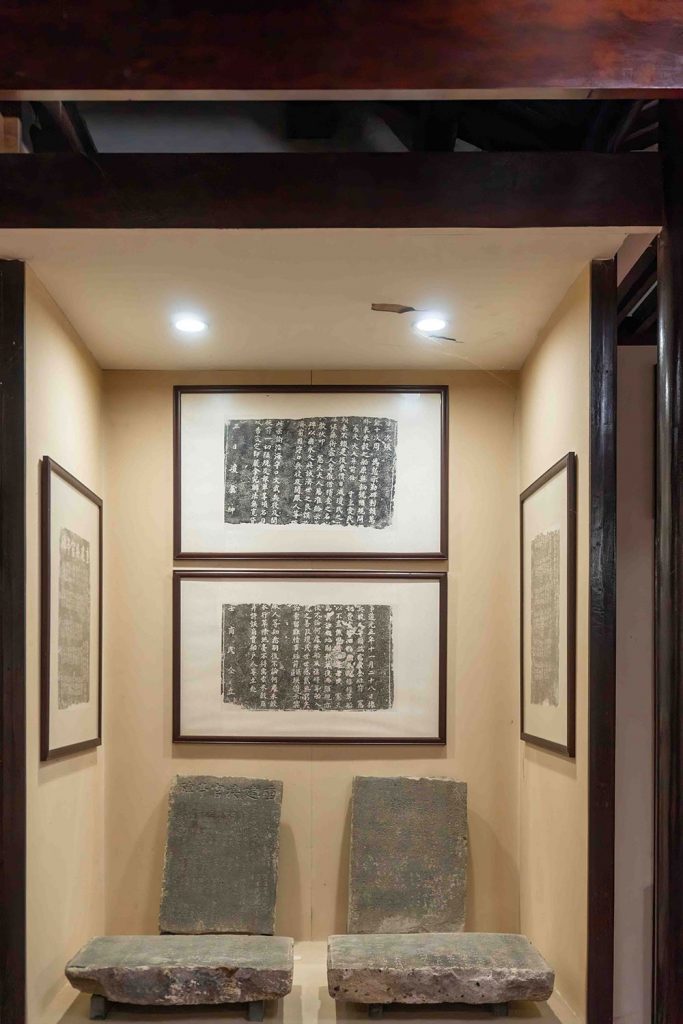
The temple’s historical importance is further highlighted by its connection to notable figures and events. The stone inscriptions at Tin Hau Temple are weathered yet remarkably well preserved slabs of stone, deeply etched with Chinese characters.
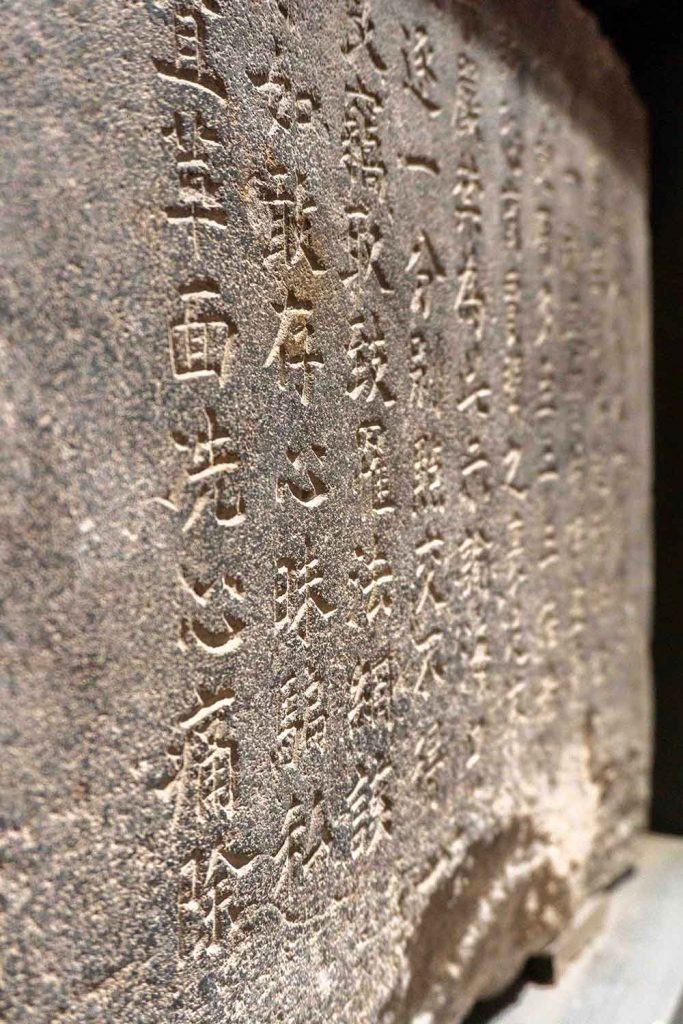
The inscriptions serve as valuable primary sources that document various aspects of life and belief systems from the time they were carved.
One notable inscription from 1502, during the Ming Dynasty, was authored by a government official named Li Tingzhen a former imperial inspector, who was saved from a life-threatening illness by a Taoist priest from the temple.
In gratitude, Li donated a significant amount of land and wealth to the temple, ensuring its upkeep for generations. The stone inscription records Li’s personal experiences and gratitude towards Mazu, the sea goddess, for protecting him during dangerous sea voyages.
Modern Relevance and Preservation
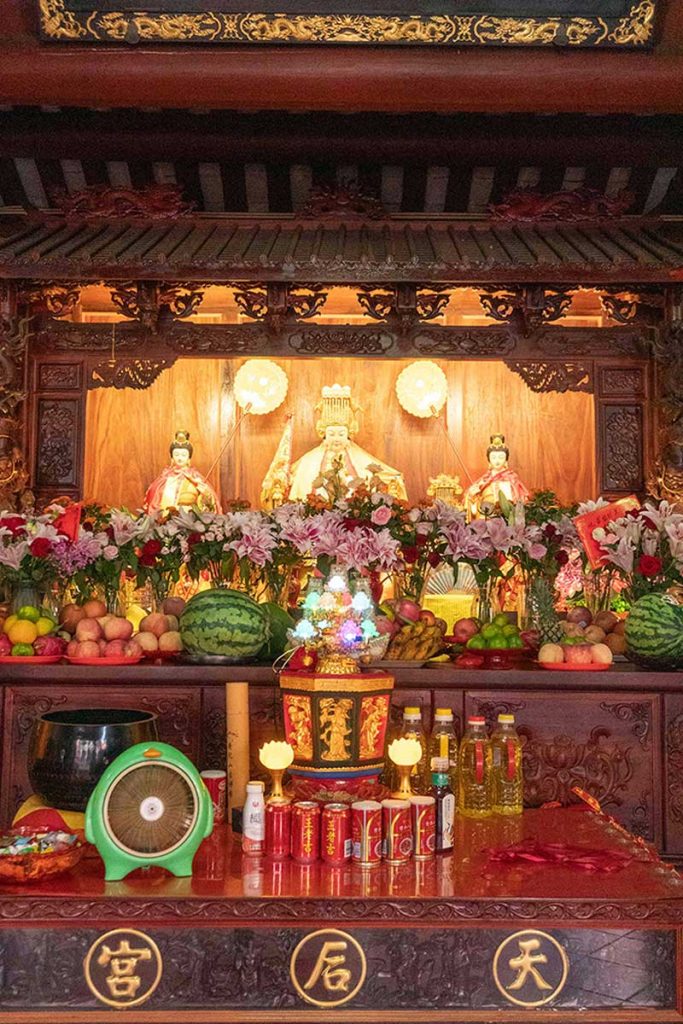
In recent years, the Haikou government has recognized the Tin Hau Temple as a protected cultural site. In June 2000, the temple was listed as a municipal-level cultural relic protection unit, and later that year, it was elevated to provincial-level status. Despite the challenges of modernization, the temple remains a well-preserved example of traditional Chinese temple architecture.
However, the temple’s history has not been without its challenges. During a wave of commercial redevelopment, the temple was briefly converted into a warehouse. Fortunately, efforts to preserve its cultural heritage have since been successful, and the temple has been restored to its former glory. Today, the Tin Hau Temple stands as a monument to the enduring legacy of Mazu worship and the rich history of Haikou.
Visiting Tin Hau Temple Today
For visitors to Haikou, the Tin Hau Temple offers not only a window into the past but it also remains an active place of worship, where locals and visitors alike come to offer incense and prayers.
The annual Mazu parade, which starts from Zhongshan Road and winds through the old town, is a vibrant tradition, now more than 700 years old, Which continues to bring together the community, making the Tin Hau Temple a living, breathing part of Haikou’s cultural fabric.
Address:天后官中山路骑楼老街 (Copy and paste into WeChat/Baidu maps)
Related article: Discover more from historical Haikou




